 |
New York
Architecture Images-Upper East Side Cooper-Hewitt Museum former Carnegie Mansion |
|||||||||||||||||
|
architect |
Babb, Cook & Willard | |||||||||||||||||
|
location |
2 East 91st, At Fifth Ave | |||||||||||||||||
|
date |
1899-1902 | |||||||||||||||||
|
style |
Beaux-Arts | |||||||||||||||||
|
construction |
Steel frame, brick and limestone | |||||||||||||||||
|
type |
House, Museum | |||||||||||||||||
|
|
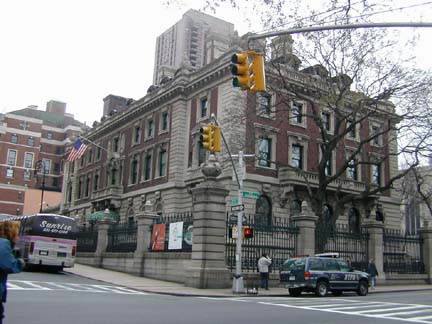 |
|||||||||||||||||
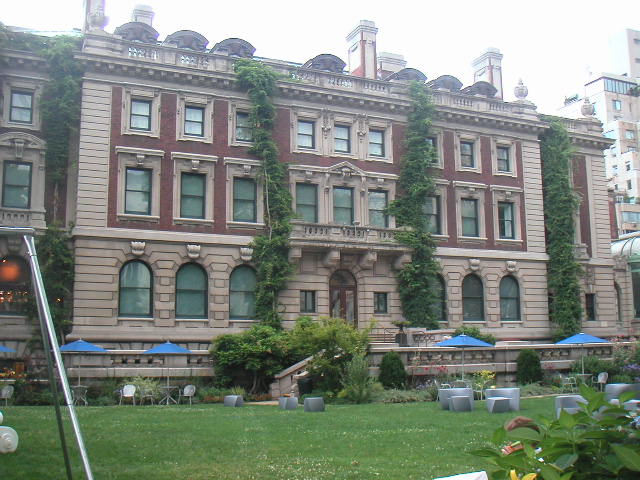 |
||||||||||||||||||
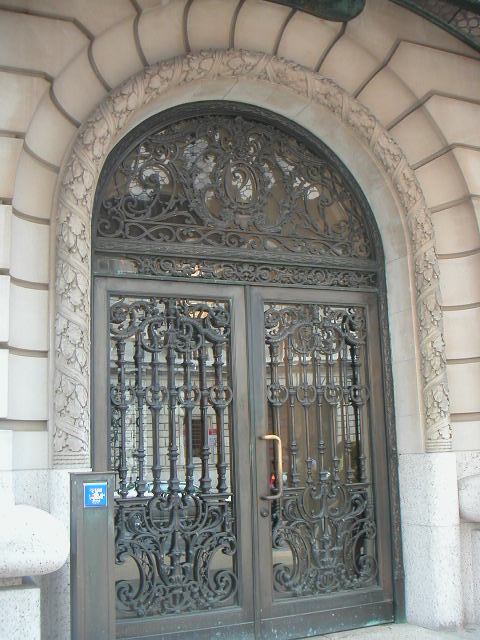 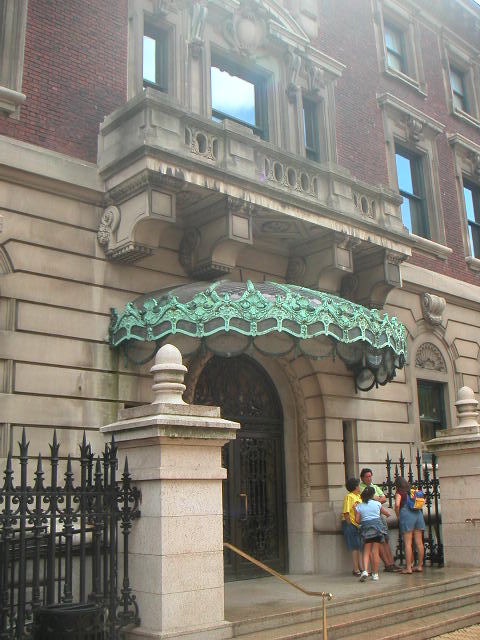 |
||||||||||||||||||
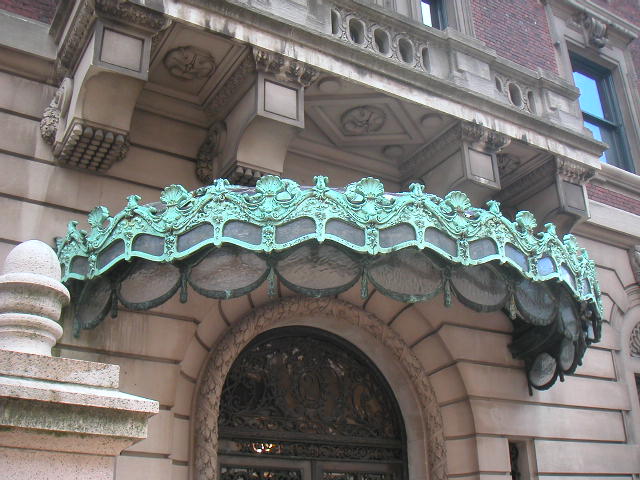 |
||||||||||||||||||
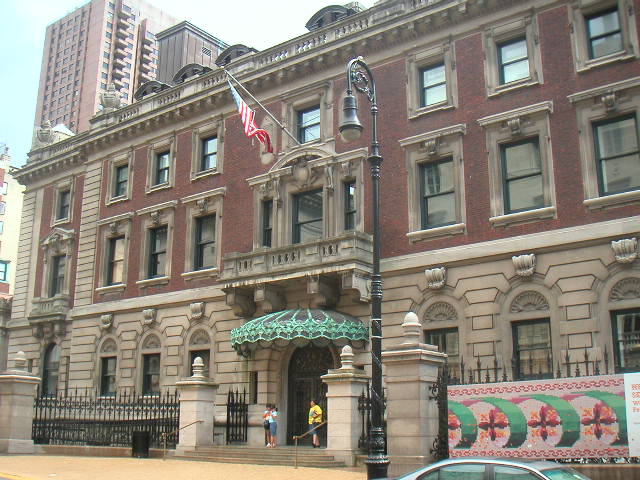 |
||||||||||||||||||
|
images |
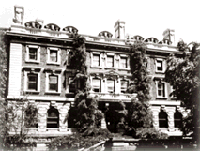 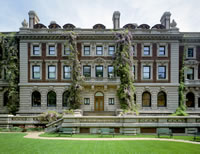 |
|||||||||||||||||
|
||||||||||||||||||
|
About the Museum Cooper-Hewitt, National Design Museum, Smithsonian Institution is the only museum in the nation devoted exclusively to historic and contemporary design. The Museum presents compelling perspectives on the impact of design on daily life through active educational programs, exhibitions, and publications. The Museum was founded in 1897 by Amy, Eleanor, and Sarah Hewitt—granddaughters of industrialist Peter Cooper—as part of The Cooper Union for the Advancement of Science and Art. A branch of the Smithsonian since 1967, Cooper-Hewitt, National Design Museum is housed in the Andrew Carnegie Mansion on Fifth Avenue in New York City. The Museum includes the Design Resource Center for collections study and storage, the Drue Heinz Study Center for Drawings and Prints, the Henry Luce Study Room for American Art, the Di Palma Center for the Study of Jewelry and Precious Metals, the Barbara Riley Levin Conservatory, the Agnes Bourne Bridge Gallery, the Nancy and Edwin Marks Masters Program Suite, the Lester and Enid Morse Garden Room, and the Arthur Ross Terrace and Garden. With more than 250,000 objects, Cooper-Hewitt, National Design Museum is one of the largest repositories of design in the world. Its collections are international in scope and date from the Han Dynasty to the present. They are organized in four curatorial departments—Applied Arts and Industrial Design, Drawings and Prints, Textiles, and Wallcoverings—and are supported by design archives and a reference library with more than 60,000 volumes, including 5,000 rare books. A center for scholarly and applied research, the Museum provides professional development and museum training to students through a graduate degree program in the history of European decorative arts with Parsons School of Design. The program is based at the Museum in New York, with a branch in Washington, D.C., for the history of American decorative arts, offered in conjunction with Parsons and Smithsonian Institution. Since its founding, the Museum has served as a visual library, dedicated to the purpose of improving the quality of life through design. Whether in the galleries or by appointment for private study, the collections and resources of the National Design Museum are available to everyone. Home of the Museum: the Carnegie Mansion Cooper-Hewitt, National Design Museum is housed in the former home of industrial magnate Andrew Carnegie. The sixty-four-room mansion, built from 1899 to 1902, is an impressive testament to the desire of Carnegie and his wife, Louise Whitfield Carnegie, to build a spacious, comfortable, and light-filled home in which to raise their young daughter, Margaret. The house was also planned as a place where Carnegie, after his retirement in 1901, could oversee the philanthropic projects to which he would dedicate the final decades of his life. From his private office in the mansion, Carnegie donated money to build free public libraries in communities across the country and to the improvement of cultural and educational facilities in Scotland and the United States. The mansion was designed by the architectural firm of Babb, Cook & Willard in the solidly comfortable style of a Georgian country house. When Carnegie purchased the land for the house, in 1898, he purposely bought property far north of where his peers were living. The relatively open space allowed him to build a large private garden—one of the only ones in the Manhattan—that is still a beautiful, restful oasis today. The house is a fascinating study in innovative design. Completed in 1901, it was the first private residence in the United States to have a structural steel frame and one of the first in New York to have a residential Otis passenger elevator (now in the collection of the Smithsonian's National Museum of American History in Washington, D.C.). Another innovation was the inclusion of both central heating and a precursor to air-conditioning. In the cellar a pair of enormous twin boilers ran by coal that was transferred from storage bin to furnace by a coal car that traveled over a miniature railroad track. The building received landmark status in 1974, and in 1976 reopened as Cooper-Hewitt, National Design Museum, Smithsonian Institution. In Fall 2001, Cooper-Hewitt, National Design Museum, published an illustrated history of the mansion written by noted architectural historian Andrew Dolkart. It is available for purchase at the Shop at Cooper-Hewitt. |
||||||||||||||||||
|
Cooper-Hewitt is the Smithsonian Institution's
National Museum of Design. Truly impressive in scope and purpose,
this Museum, housed in the landmark Carnegie Mansion, includes 11,000
square feet of gallery space devoted to changing exhibitions that
examine compelling issues of design, displaying its own collections as
well as loans from public and private sources.
The Museum preserves, documents, and expands a collection of nearly 250,000 works in such fields as rare books, drawings and prints, textiles, wall coverings, furniture, ceramics, glass, metalwork, and jewelry. Areas of interest include graphic design, industrial design, and architecture. The perspective is international, and the Museum's holdings encompass both historical and contemporary design and decoration. A democratic regard for mass-produced as well as one-of-a-kind objects lends a unique character to the collections. This is a wonderful museum, and, with the Doris & Henry Dreyfuss Study Center containing more than 50,000 volumes and a Picture Library of over 1,000,000 images, it is an important resource for architects, designers, studio artists, craftsmen, and scholars. The Museum is also a fine resource for enhancing the education of students in grades K through 12. School Programs organized in conjunction with current exhibitions encourage students to exercise their observational and critical thinking skills through sketching and design activities. Visit this museum. Bring your family or your students. You'll want to go again. |
||||||||||||||||||
|
Peter Cooper 1791-1883 b. New York, NY · d. New York, NY 2 East 91st Street (212) 849-8400 Hours: Tues - Thurs: 10:00am - 5:00pm Fri: 10:00am - 9:00pm Sat: 10:00am - 6:00pm Sun: 12:00pm - 6:00pm Mon and holidays: Closed Admission: $10.00 Senior Citizens and Students with I.D.: $7.00 Cooper-Hewitt, National Design Museum And Smithsonian Institution Members And children under age 12 are admitted free. |
||||||||||||||||||
|
links |
||||||||||||||||||